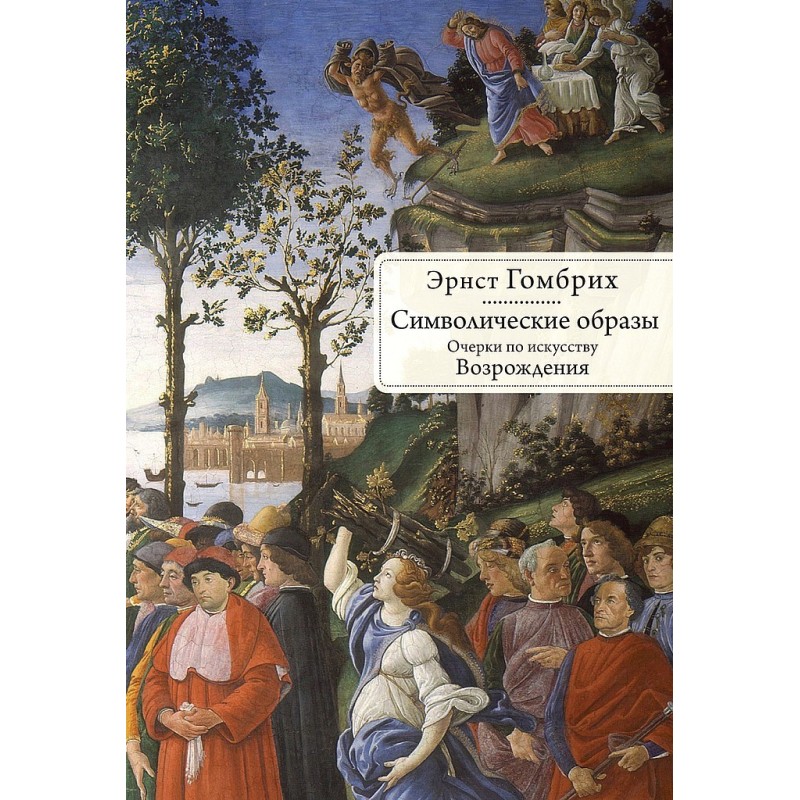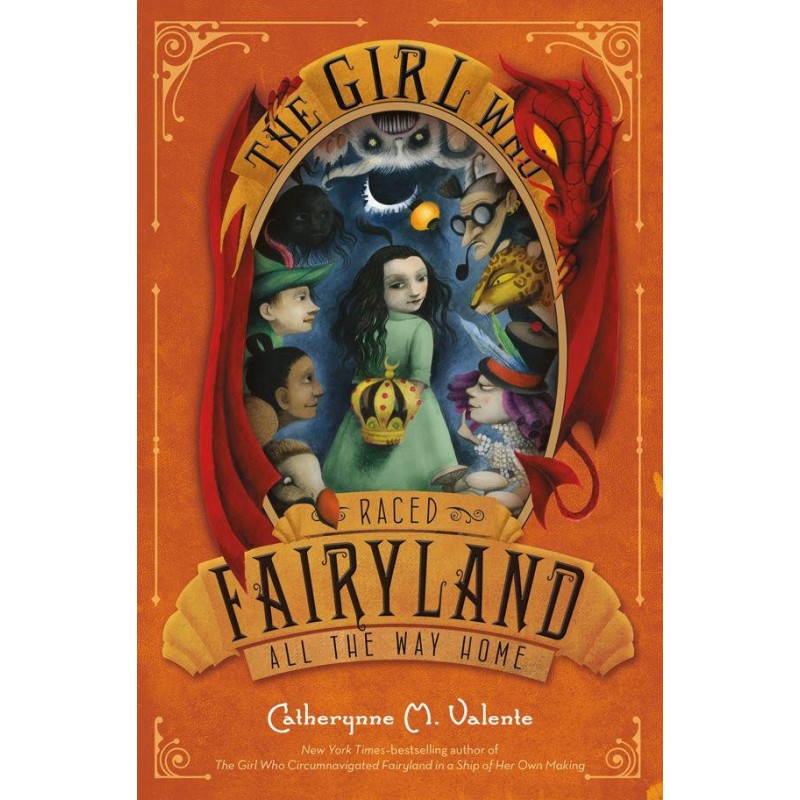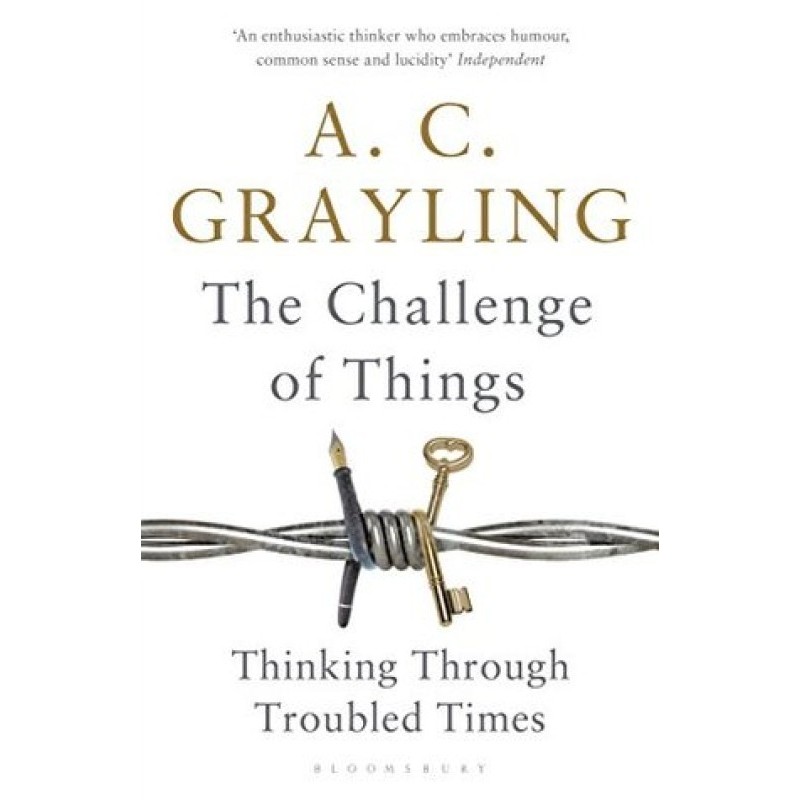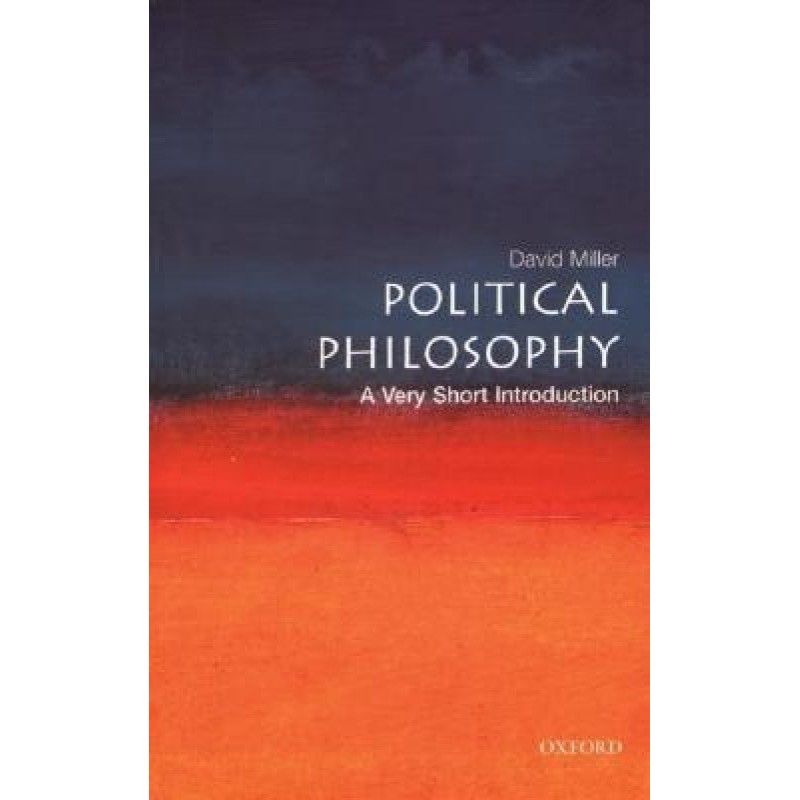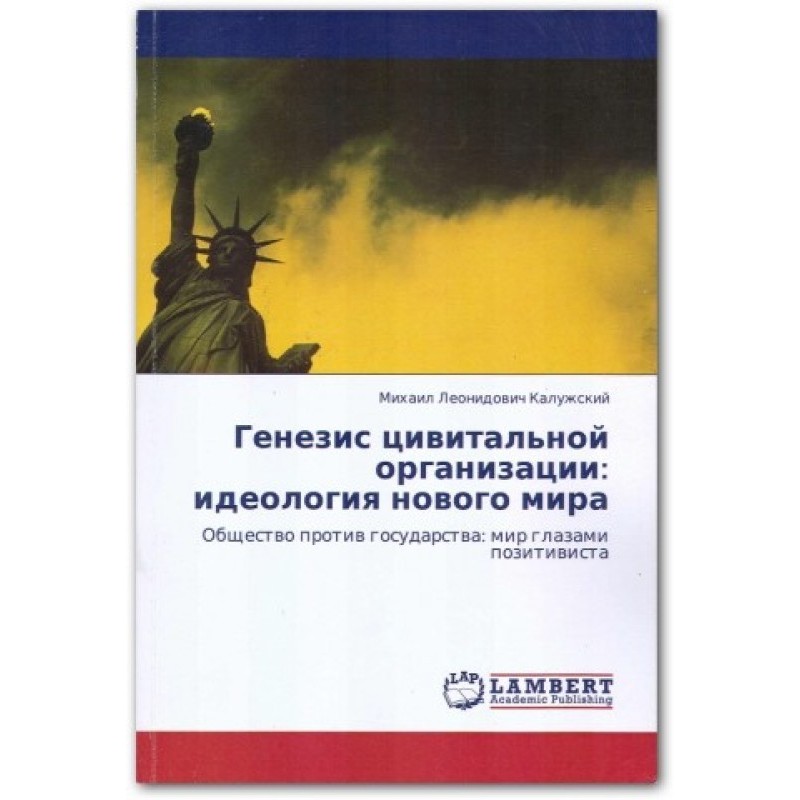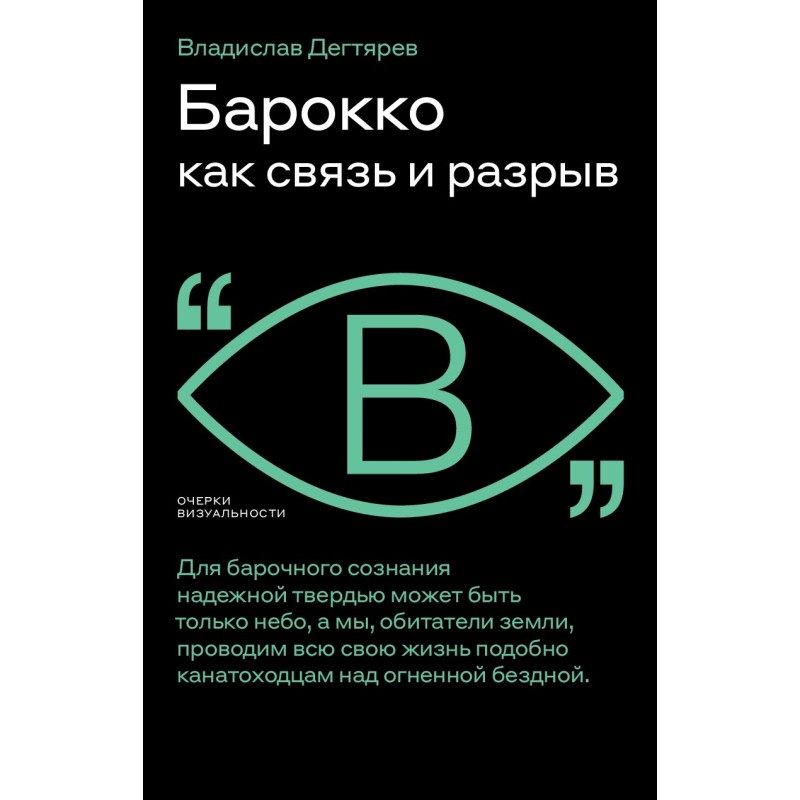Weird Realism: Lovecraft and Philosophy
 Instant download
Instant download
after payment (24/7)
 Wide range of formats
Wide range of formats
(for all gadgets)
 Full book
Full book
(including for Apple and Android)
The reading of H. P. Lovecraft's work by the American philosopher Graham Harman is interesting in several senses. Firstly, we are talking about demonstrating a kind of stylistic surplus value, which makes it impossible to reduce Lovecraft's stories to their literal reading and behind which lies the writer's unique technique. Secondly, this technique is associated with Lovecraft's ability to write gaps in his works that correspond to the four basic tensions of Harman's own object-oriented philosophy. The most characteristic here are allusivism (a hint or a series of hints at dark, hidden and real objects that cannot be reduced to any description, like the figurine of Cthulhu or even Azathoth, “monstrous nuclear chaos”) and cubism (the language is deliberately overloaded with redundancy of plans, sections and aspects of the described object, for example, the Antarctic city in “The Ridges of Madness”). And thirdly, despite formalism of any kind, we must not forget that Lovecraft is first and foremost a horror writer and the cascades of allusions and heaps of fanciful descriptions he generates lead us to the alluring and frightening sides of reality.
Data sheet
- Name of the Author
- Грэм Харман
- Language
- Russian
- Translator
- Глеб Геннадиевич Коломиец
Полина Андреевна Ханова
Reviews
Вражаючий аналіз творчості Лавкрафта через призму філософії
Книга "Weird-реалізм: Лавкрафт та філософія" є надзвичайно глибоким та захоплюючим дослідженням творчості одного з найвідоміших авторів жахів. Грем Харман вміло демонструє, як стиль Лавкрафта виходить за межі простого буквального прочитання, відкриваючи нові горизонти для розуміння його творів. Автор майстерно використовує концепції об'єктно-орієнтованої філософії, щоб розкрити складність і багатогранність лавкрафтівських оповідань. Алюзівізм і кубізм, про які йдеться в книзі, надають новий вимір читанню, дозволяючи заглибитися в темні та таємничі аспекти реальності, які Лавкрафт так вправно виписує. Ця книга не тільки для шанувальників Лавкрафта, а й для тих, хто цікавиться філософією та літературою в цілому. Вона спонукає до роздумів і залишає по собі глибоке враження, відчуття, що жахи Лавкрафта - це не лише страх, а й можливість заглянути в саму суть реальності. Рекомендую всім, хто хоче зрозуміти, чому Лавкрафт залишається таким актуальним і впливовим автором





